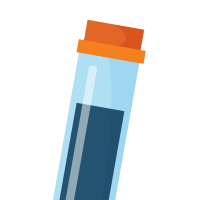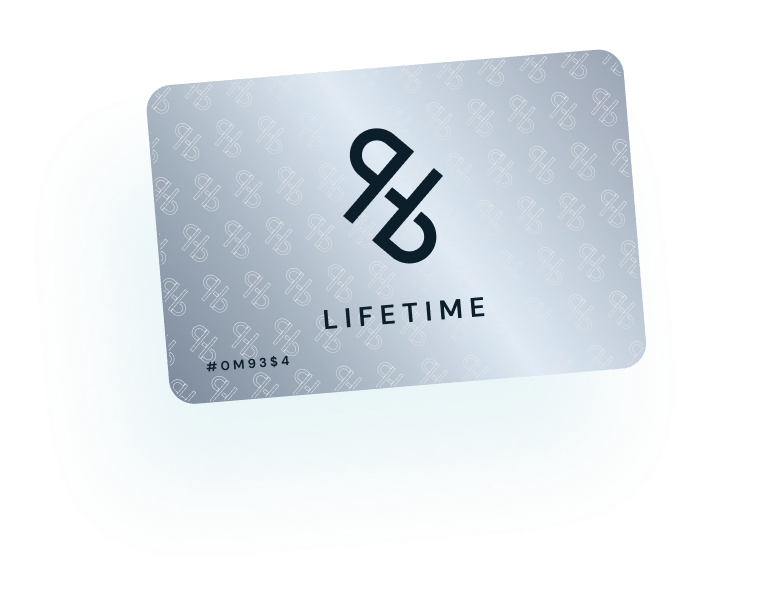Female Pattern Hair Loss (FPHL) is more common than you might think. Many women experience hair thinning as they age. Medicines can be one cause of hair loss, as can diseases such as polycystic ovary syndrome. If you want to learn more about what causes this condition in women, be sure to read up on research about hair and skin science.
For many women, their hair is not just strands of protein; it’s a symbol of confidence, beauty, and self-expression. We understand the profound impact that hair loss can have on your well-being and self-esteem. In this article, we delve into the world of women’s hair loss, exploring its causes, challenges, and most importantly, effective treatment solutions tailored to your unique needs.
When you’re ready to fight the effects of Female Pattern Hair Loss, you should talk to a qualified dermatologist or doctor to discuss which options may be best for you. However, an excellent place to start is to read on since, in this guide, we provide you with information about the most effective hair loss treatments for women.
Whether you’ve recently noticed changes in your hair or have been grappling with hair loss for some time, our team of experts at Hair and Skin Science is here to provide guidance, support, and cutting-edge solutions to help you regain the hair you deserve. Join us on this empowering journey towards a more vibrant you.
Women’s Hair Loss Treatment Options in Australia
Today’s women can access many different therapies that can alleviate or reverse female hair loss. Determining which ones will work best for you can depend on the cause of your hair loss, your medical history, the severity of your hair loss, and more. Because you have so many options, the chances are high that a product already exists out there that will work well for you.
Platelet-Rich Plasma (PRP)
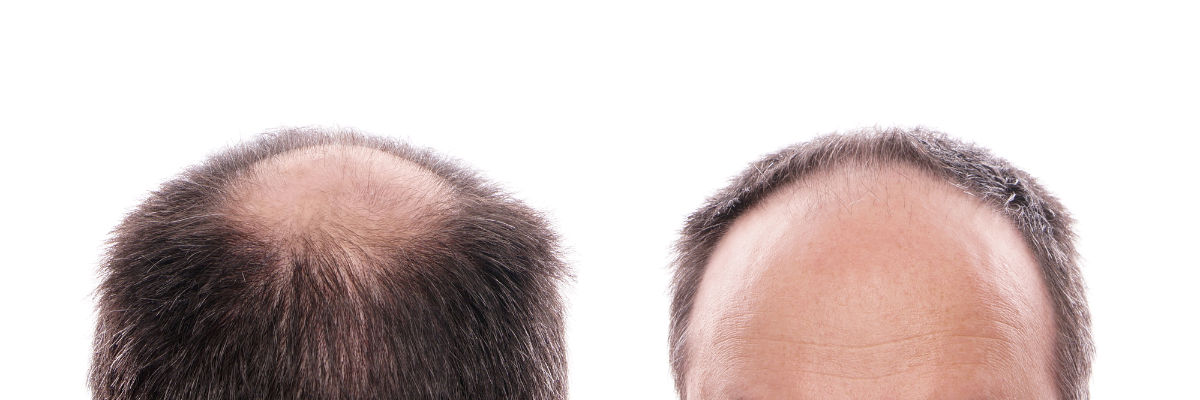
Platelet-Rich Plasma (PRP) therapy is an emerging treatment for hair loss in women, and a promising choice in hair loss treatments for both men and women, according to the Harvard Health Blog. PRP is our speciality treatment at Hair and Skin Science, our group of hair loss and skin treatment clinics in Australia.
However, the benefits of this experimental therapy to stimulate hair growth can extend beyond hair restoration, too. Platelet-rich plasma has beneficial health effects of treating injuries to many parts of the body, as the American Academy of Orthopaedic Surgeons attests.
PRP medical treatments for the scalp begin by drawing blood from the patient’s arm. Afterwards, the doctor will separate the platelets and plasma, isolating them for re-injection.
Micro-needling the patient’s scalp and injecting small amounts of the platelet-rich plasma rejuvenates the scalp, as the therapy boosts volume, thickness, and hair regrowth. The risk of negative side effects is very low.
Micro-needling, or collagen induction therapy, is a treatment that involves repeatedly pricking your skin with lots of tiny needles. Generally, micro-needling helps women with acne, large pores, scars, stretch marks, and other issues, but many people use it to help remedy hair loss.
Micro-needling works especially well in conjunction with PRP therapy since your doctor will most likely inject the plasma using micro-needling techniques.
Patients generally feel little to no discomfort after PRP. While you must receive regular therapy to maintain the hair-boosting effects, the procedure is relatively inexpensive compared to other methods.
Minoxidil Medication or Cream
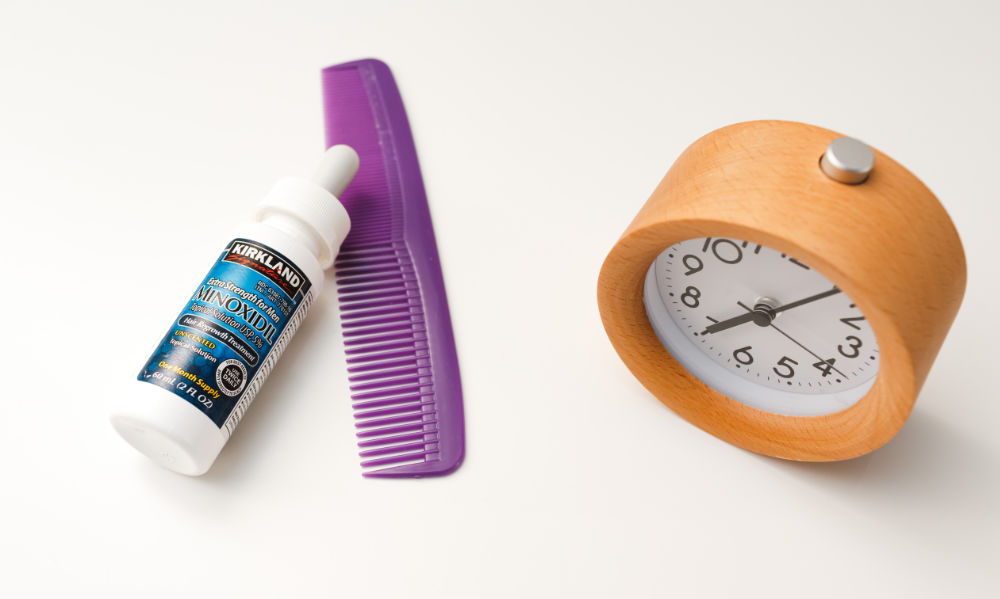
Minoxidil, better known by the primary brand name Regaine, is an over-the-counter hair growth treatment that stimulates growth and thickness. Minoxidil is available primarily as a cream, though its original use was as an oral supplement to treat high blood pressure. Today, it’s one of the most highly regarded hair loss treatments for men and women in terms of effectiveness.
Minoxidil is female hair loss treatment option, making the growth phase (or anagen phase) of your hair longer, which gives the hair more time to thicken and mature.
Unfortunately, Minoxidil is not a quick fix since you often won’t see new growth until at least two months have passed. Additionally, you’ll need to continue using Minoxidil indefinitely, as you’ll lose the effects once you stop using it.
Low-Level Laser Therapy
Low-Level Laser Therapy (LLLT) is another emerging hair loss treatment option that can be useful to treat female hair loss. LLLT as a hair restoration treatment is both non-surgical and non-pharmaceutical. The laser light increases blood flow to the scalp, which delivers more oxygen and nutrients to your hair follicles. In turn, this makes your hair thicker and fuller.
A 2020 medical research review article found that, in ten research trials of LLLT as a treatment for hair loss, all found statistically significant increases in hair growth, including thickening in hair diameter and density. Even more, one study that compared LLLT with Minoxidil (see above) found that the two therapies in combination were even more successful than either therapy alone.
For the LLLT treatment, you can use a helmet, hand-held unit, or even a comb with integrated lasers. Your doctor can help you determine what sort of regimen will work best for you. Most doctors recommend exposure therapy at least twice per week for a minimum of six months to treat hair loss in women.
Hormone Replacement Therapy
Hormonal imbalance is a common underlying cause of androgenic alopecia AGA), also known as Female Pattern Hair Loss. Hair loss in women is especially common during menopause when the hormones estrogen and progesterone tend to fluctuate, continuing in post-menopausal women. However, FPHL also affects younger women during their reproductive years.
Hair loss also occurs in women who take birth control pills that contain progesterone, as well as those who have recently stopped a long-term course of estrogen-based oral contraceptives, according to medical studies. Androgens, or male hormones, can also cause unwanted hair growth.
For many women, androgenic alopecia is a symptom of hyperandrogenism (excessive levels of male hormones). Polycystic ovary syndrome, or POS, is one of the most common causes of hyperandrogenism.
Frequently, the best way to begin treating hormone-related female hair loss is by rebalancing those hormonal changes using antiandrogen medications. Spironolactone has been the most commonly used antiandrogen for female hair loss. Others include Finasteride and Cyproterone Acetate (which is not approved for use in the USA, so use with caution).
However, as with any hormonal therapy, these can cause serious and unpleasant side effects, and medical studies supporting their use for hair loss are limited. For this reason, be sure to speak with your doctor about the pros and cons of hormonal replacement therapy for hair loss.
Depending on the severity of your bald spots, you may want to supplement this option with another treatment, such as Minoxidil or PRP.
Iron Supplements
Emerging research has started to show that iron deficiency can contribute to hair loss in women. Many women are at higher risk of iron deficiency than men because of the iron lost during menstrual periods. You should ask your doctor about this issue, especially if you’ve been diagnosed with anemia in the past.
Fortunately, for most women with thin hair due to an iron deficiency, regular iron supplements can help reverse the situation. Iron injections and dietary changes to include more iron-rich nutrients can also make a difference. You may need to wait a few months for the effects of adding iron to help reverse this type of hair loss.
Replace Thinning Areas With Hair Transplants
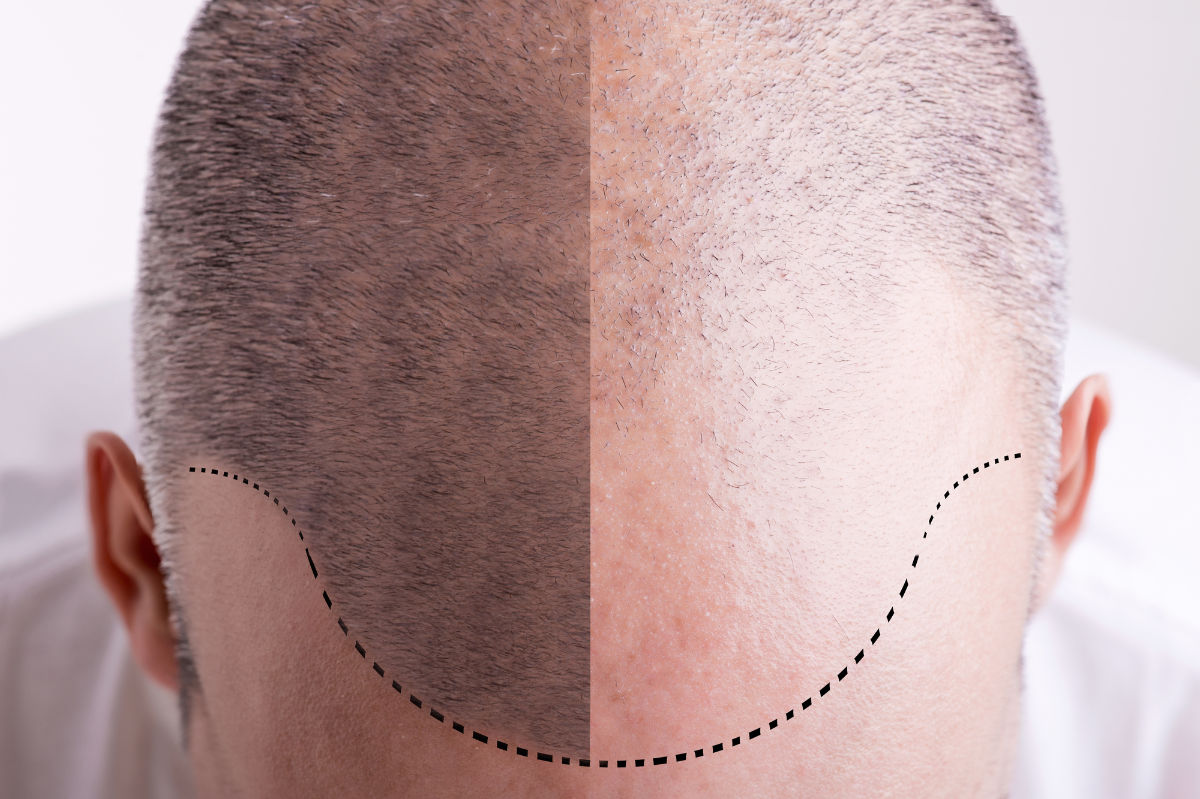
Transplantation is, without a doubt, the most effective treatment for a receding hairline or bald spot. However, for this treatment to be effective, you need to have enough healthy, new hair to “borrow” and transplant to the exposed areas.
Because of the differences in the patterns of male and female hair loss, the approach to hair restoration surgery that works well for men may not be an option for most women. Women tend to have thinning hair that grows sparser all over, while men lose hair in as a receding hairline or bald spot while retaining thick hair in other areas. While transplants may be permanent for those who care for them properly, they also tend to be one of the most expensive options.
Plus, keep in mind that transplants may not stave off the effects of androgenic alopecia forever. If you continue to experience more hair loss over time, eventually, the transplanted hairs may recede as well.
Shampoos and Cosmetics
Shampoos and other cosmetics can be both a cause and a remedy for hair loss in women. For example, Ketoconazole hair loss shampoo is a common hair loss remedy for both genders.
Ketoconazole-based shampoo not only fights infections that can impact your scalp but also reduces the effects of dihydrotestosterone. This hormone can affect your hair by shrinking it at the hair follicle, resulting in a thinner hair shaft and weaker hair. In Australia, these are marketed under such brand names as Nizoral or Sebizole.
However, it may be a good idea to test any normal cosmetics and shampoos you use on your head to see if they might be causing hair breakage or loss. If your hair care routine is one of your primary causes of hair loss, reversing the effects can be as simple as choosing a different product.
Scalp Massages
For some people, fighting or even reversing hair thinning and loss can be as simple as a regular scalp massage. A good head massage increases blood flow to your hair follicles where it’s most needed for growth. Your hair grows best when your scalp has good blood flow and you keep it clean and free of dandruff and oil.
It helps that head massages also help lower stress, which can contribute to weight loss, hair loss, and poor overall health in both men and women. Plus,
Body Care
If you’re not caring for your overall health, how can you expect your hair to thrive? A poor diet, high stress, and other life-affecting choices, like smoking and drug use, can all affect the health of your hair.
As long as medical conditions aren’t a strong underlying cause of your hair loss, you may be able to reverse some of these effects just by making better life choices, such as:
- Eating a more balanced diet
- Getting more exercise
- Quitting unhealthy drug and cigarette use
Saw Palmetto Supplements
Saw palmetto is an herbal supplement some people use to treat the effects of androgenetic alopecia as well as other health conditions, such as low sex drive due to imbalanced hormones. Saw palmetto supplements are inexpensive, but you may not see the effects until up to a year after starting them.
JAK Inhibitors
Immunomodulatory drugs such as Janus kinase (JAK) inhibitors are new medications on the horizon in Australia for alopecia areata. Alopecia areata is a similar condition to androgenetic alopecia. JAK inhibitors such as tofacitinib and ruxolitinib have not yet received approval for treatment for alopecia areata but studies are underway.
Cimetidine
Cimetidine is an over-the-counter and prescription histamine blocker that typically treats gastroesophageal reflux disease. However, research has shown that it has a mild anti-androgenic effect as well.
Always consult a doctor before using medications like Cimetidine for off-label uses, but this may be a possible drug to try if you also suffer from reflux-related issues.
Ready to feel confident again?
While this guide offers a great place to get started with finding treatments for female pattern hair thinning therapies, it’s always a good idea to consult with a medical professional before proceeding with any of them. After all, if you know the source of your loss of hairs, you’ve already fought half the battle.
At Hair and Skin Science, we understand the emotional toll that hair loss can take on women. It’s not just about the strands of hair; it’s about confidence, self-esteem, and feeling like your best self. In this article, we’ve explored various women’s hair loss treatments, from advanced therapies to lifestyle changes. We hope you’ve found valuable insights to address your hair loss concerns.
Remember, you’re not alone in this journey. Our expert team at Hair and Skin Science is dedicated to helping women like you regain their confidence through effective, personalised hair loss solutions. We believe that every woman deserves to look and feel her best, and we’re here to support you every step of the way.
If you need more advice about the most effective hair loss treatments for women, please feel free to contact our experts at Hair and Skin Science. We have clinics in Ashwood, Melbourne, Sydney, and Brisbane. You can reach us on 0472 647 011 or via our online form.



